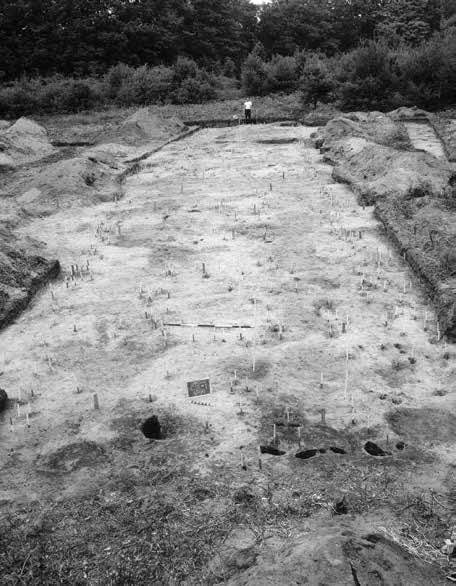The Garoga site is perched on a hilltop overlooking Caroga Creek, a meandering tributary of the Mohawk River. Also referred to as Garogo, or Castle Hill, it contains the remains of a 16th-century Mohawk village. This site has yielded important information about Mohawk demographics, village layout, and early trade with Europeans.
The site was first excavated in the late 19th century by Samuel Frey, who discovered and named it. In 1905, not long after Garoga’s discovery, M.C. Harrington did additional testing that focused on pit features. David Dorn, then president of the now defunct Leatherstocking Chapter of the New York State Archaeological Association, excavated the site for a few days. From the time Frey conducted his investigations through the early 20th century, Garoga also attracted looters.
William Ritchie and Robert Funk of the New York State Museum directed extensive excavations of Garoga in the 1960s. They identified a minimum of nine longhouses within the main village area and they also confirmed the location of a short double palisade that runs across the entrance to the village site. In addition to uncovering house patterns and the palisade, the archaeologists found two burials, numerous hearths, and close to 100 pit features.




